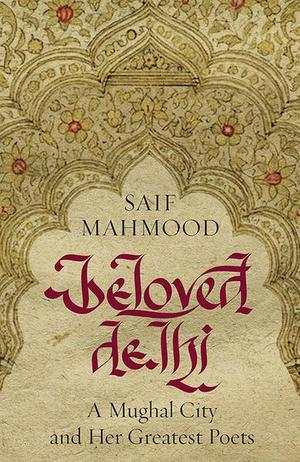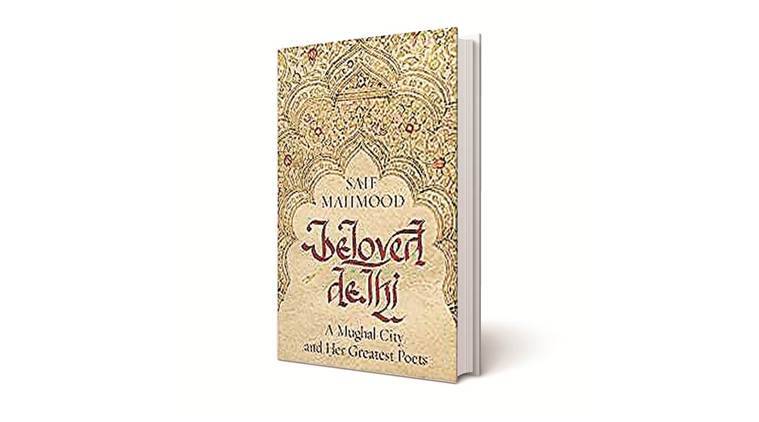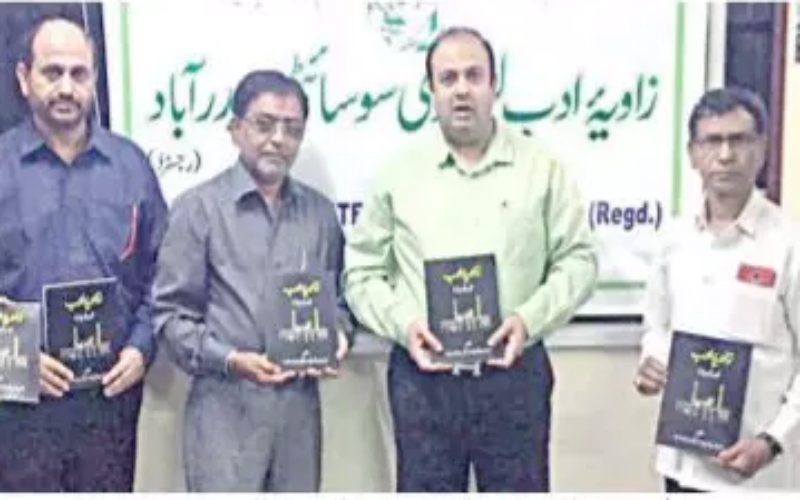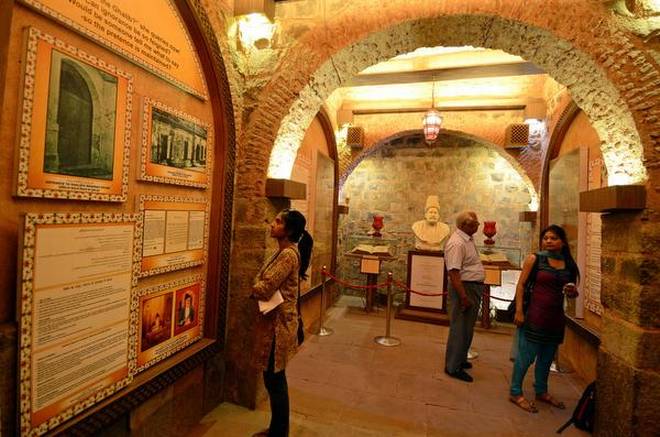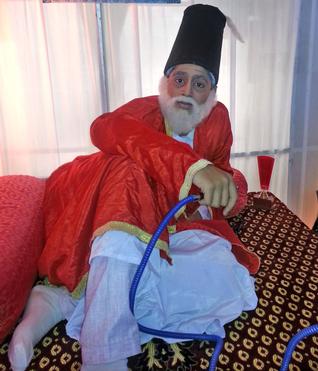INDIA:
A two-day international seminar was organised by the department of Urdu, Aligarh Muslim University here at AMU on Saturday and Sunday to mark the 300th birth anniversary of renowned Urdu poet, Mir Taqi Mir.

Presiding over the event, AMU vice chancellor Prof Muhammad Gulrez said that Mir Taqi Mir portrayed in his poetry a wide array of human emotions and feelings and his poetic thoughts are still considered valuable for serious studies in Urdu poetics.
Citing a number of Mir’s popular couplets, he said that the importance of Mir can be gauged from the fact that his poetry is popular even today, after a passage of three hundred years.
“Mir’s poetry helps common people express their feelings effectively and his love imbued Ghazals masterfully reflect the agonies and pleasures of lovers,” said Prof Gulrez, adding that research scholars should work to bring out the deeper nuances of Mir’s poetry.
Delivering the keynote address, Prof Sharif Hussain Qasmi, former chairman, department of Persian, AMU said that Mir’s poetry opens a wide range of possibilities to study the human emotions. He said Mir generously used Persian vocabulary giving currency to many Persian words in Urdu.
Calling Shamsur Rahman Farooqi’s book Sher-e-Shor Angez a milestone in the study of Mir, he discussed Mir’s Persian poetry with wider connotations. He said Mir has a unique position among Urdu poets because of the simplicity of his style and expression.
The chief guest and noted Persian scholar, Prof Azarmi Dukht Safavi said that Mir Taqi Mir’s thoughts and ideas are not limited to his era but are relevant for all times. She pointed out that for deeper understanding of Mir’s poetry, knowledge of Persian is necessary and Urdu scholars need to pay special attention to it to access Mir’s poetics. She further said that Mir’s couplets betray beauty and sadness that are essential attributes of life according to Mir.
Prof. Safavi highlighted the diversity, simplicity and meaningful dimensions of Kalaam-e-Mir and also discussed the salient features of his prose. Citing examples from the books, Zikr-e-Mir, Faiz-e-Mir and Nikat-us-Shora, Prof Safavi said that these books are the best example of his prose writing.
Prof Arif Nazir, dean, faculty of arts said that Mir’s poetry is popular because of its linguistic richness. He cited several couplets of Mir and stressed the need for the translation of Mir’s poetry into Hindi and other languages of India.
Earlier, welcoming the guests, Prof Mohammad Ali Jauhar, chairman, department of Urdu introduced Prof. Sharif Hussain Qasmi and Prof Azarmi Dukht Safavi, and highlighted the objectives of the seminar.
Dr Sarwar Sajid, convener of the seminar, conducted the programme, while Prof Qamrul Huda Faridi proposed vote of thanks.
Jaheedan Khatoon, a MA final year student, presented Mir’s popular Ghazal “Dikhai Diye Yun Ke Bekhud Kiya” in her mesmerizing voice.
source: http://www.hindustantimes.com / Hindustan Times / Home> Cities> Others / by HT Correspondent, Aligarh / July 23rd, 2023
